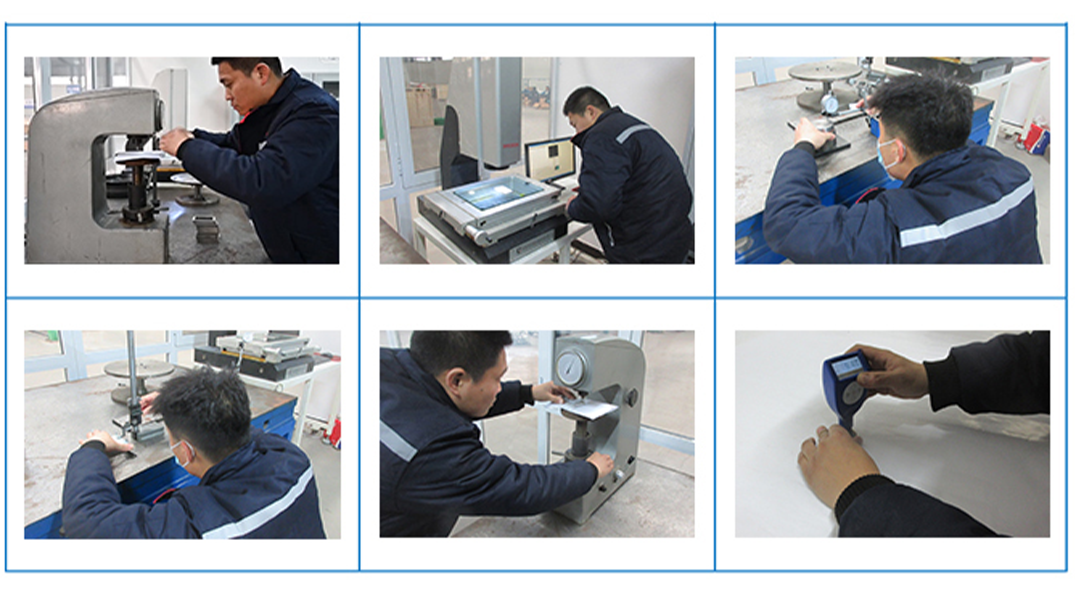copper was one of the earliest metals discovered and utilized by humans, playing a pivotal role in technological advancements throughout history.
Grade of Copper: T1,T2
Grade of Brass: 62H:65H.H59.H68H90
Key Considerations in Copper Processing
1. Forming Techniques
- Casting: Molten copper is poured into molds for shaping. While cost-effective, it may introduce defects like porosity if not pressurized (e.g., in die casting) .
- Forging: Improves strength and structural integrity compared to cast parts by applying pressure to reshape heated copper .
- Cold Extrusion: A precision method where copper is forced through a die under high pressure at room temperature to create complex shapes with high dimensional accuracy .
2. Surface Treatment
- Acid Pickling: Removes oxides and impurities. Key steps include:
- Chemical degreasing (5–8% degreaser at 60°C).
- Acid washing (5–15 seconds in sulfuric/nitric acid mix).
- Chromate passivation (250 g/L chromic acid) to prevent re-oxidation .
- Plating/Coloring: Processes like electroplating (e.g., silver plating) require strict pre-treatment (degreasing, mercury amalgamation) to ensure adhesion and uniformity .
3. Copper Welding and Joining
- TIG Welding: Ideal for thin sheets (<3 mm) due to stable arcs and minimal spatter. Disadvantages include slow speed and risk of tungsten contamination.
- MIG Welding: Suitable for thicker components, offering higher deposition rates and flexibility in positioning.
- Brazing: Uses filler metals (lower melting point than copper) to join parts without melting the base material. Requires:
- Clean, oxide-free surfaces.
- Precise gap control (0.01–0.1 mm) for capillary action.
Quality Control
- Avoid overheating during welding/forming to prevent grain coarsening and brittleness.
- Post-processing (polishing, passivation) is critical for corrosion resistance in humid environments.
- Use certified technicians for specialized processes like brazing or chromate passivation to ensure compliance with safety standards.

